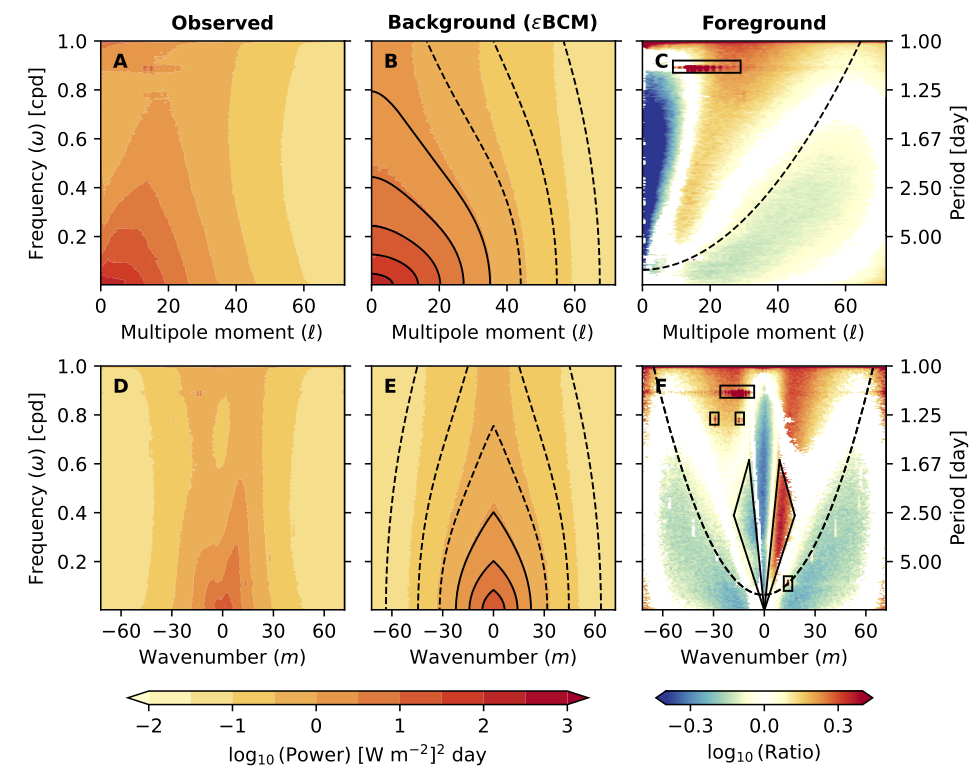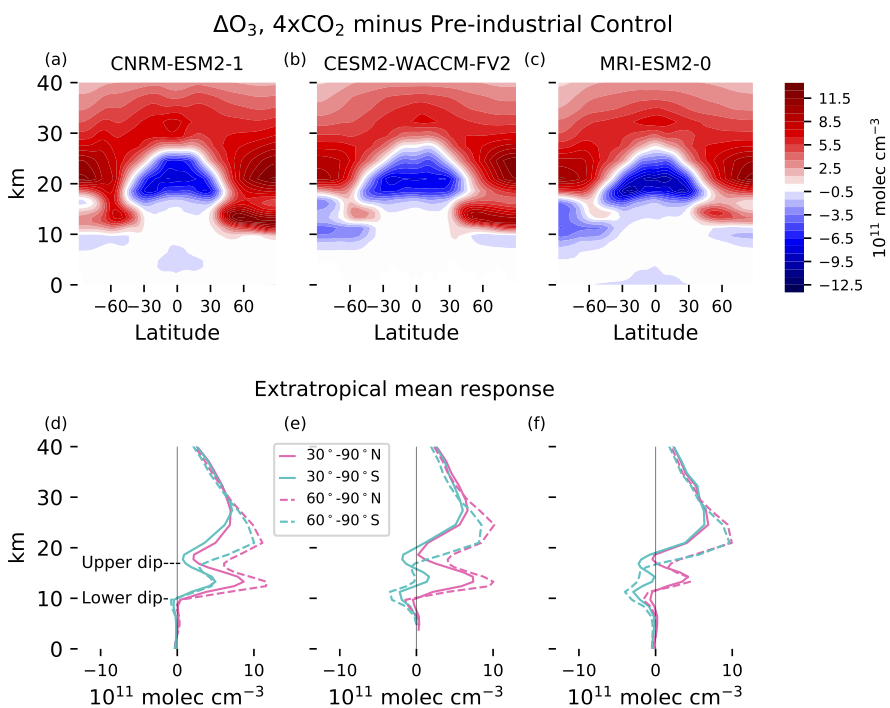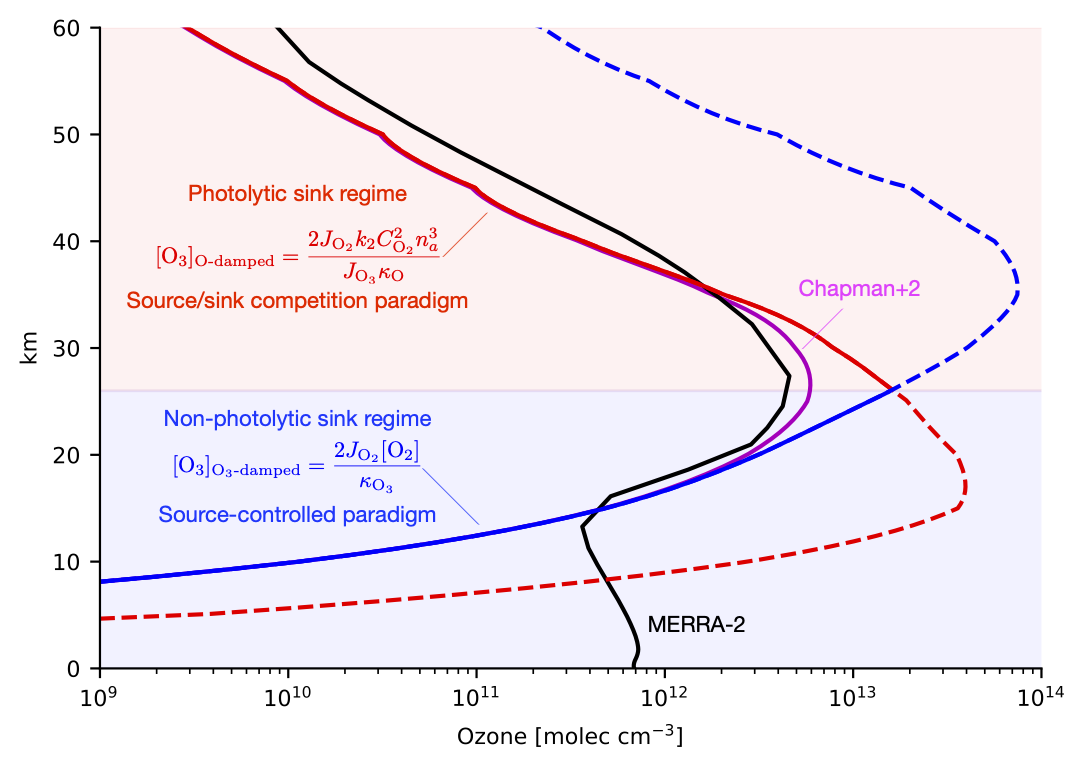The infrared background of Earth
Published:
Ofer Shamir just published our work Earth’s Infrared Background on the arXiv!

How should we identify “features of interest” – thinks waves, storms, eddies, etc. – in Earth’s atmosphere? Any strategy will require you to seperate the signal you want to find from the background noise you don’t want. Focusing on features with spatio-temporal correlation, such as a traveling wave, Ofer sought to rigorously establish a model for Earth’s Infrared Background, and asks where these background fluctuations come from. In analogy with the Cosmic Radiation Background of the universe, establishing the Earth’s IR background is the first step in identifying the structure of our atmosphere.
The abstract succinctly captures the key results of the paper: Like Johnson noise, where thermal fluctuations of charge carriers in a resistor lead to measurable current fluctuations, the internal variability of Earth’s atmosphere leads to fluctuations in the infrared radiation emitted to space, creating “Earth’s infrared background” (EIB). This background consists of fluctuations that are isotropic in space and red in time, with an upper bound of 400 km and 2.5 days on their spatiotemporal decorrelation, between meso-scale and synoptic-scale weather. Like the anisotropies in the Cosmic Microwave Background (CMB), which represent features of interest in the Universe, the anisotropies in Earth’s infrared radiation represent features of interest in Earth’s atmosphere. Unlike the CMB, which represents a historical record of the Universe since the Big Bang, the EIB represents Earth’s climate in steady state.




